Home>Gardening & Outdoor>Outdoor Entertaining>How Does A Pizza Oven Work
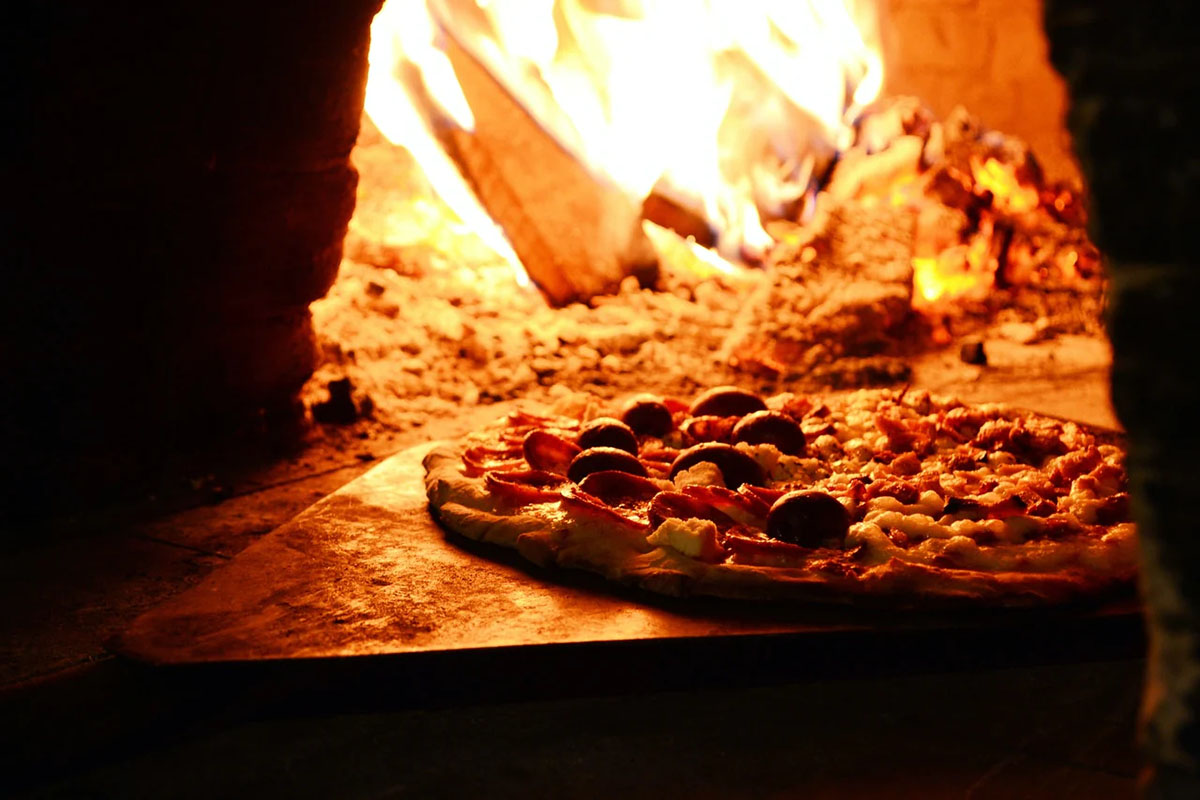

Outdoor Entertaining
How Does A Pizza Oven Work
Modified: January 19, 2024
Discover how outdoor entertaining is elevated with a pizza oven. Learn how these versatile ovens work and enhance your al fresco dining experience. Unlock the secrets to perfect pizza and more.
(Many of the links in this article redirect to a specific reviewed product. Your purchase of these products through affiliate links helps to generate commission for Storables.com, at no extra cost. Learn more)
Introduction
Welcome to the world of outdoor entertaining, where the aroma of freshly baked pizza wafts through the air and tantalizes the taste buds of your guests. One of the essential elements of creating this culinary magic is the pizza oven. Whether you’re a seasoned outdoor cooking enthusiast or a newcomer to the art of pizza making, understanding how a pizza oven works can elevate your outdoor entertaining experience to a whole new level.
Imagine the scene: a warm summer evening, friends and family gathered in your backyard, and the sizzle of a wood-fired pizza oven in the background. The ambiance is set, and the stage is ready for a delightful culinary experience. In this article, we’ll delve into the inner workings of pizza ovens, explore the different types available, and uncover the fascinating process of cooking pizza in these fantastic outdoor appliances. By the end, you’ll have a newfound appreciation for the craftsmanship and science behind the perfect outdoor pizza.
Key Takeaways:
- Pizza ovens create the perfect environment for baking delicious, crispy-crusted pizzas by reaching high temperatures and using radiant heat to cook quickly and evenly.
- There are different types of pizza ovens, each with its own advantages, such as wood-fired ovens for a rustic charm and gas-powered ovens for precise temperature control.
Read more: How Does The Ooni Pizza Oven Work
The Basics of Pizza Ovens
At the heart of every great outdoor pizza party is the trusty pizza oven. These specialized cooking appliances are designed to reach high temperatures, creating the ideal environment for baking delicious, crispy-crusted pizzas. While the concept of a pizza oven may seem straightforward, the intricacies of their design and operation are what set them apart as the centerpiece of outdoor culinary adventures.
Most pizza ovens feature a dome-shaped structure, often crafted from insulating materials like brick, clay, or refractory concrete. This design helps to retain and distribute heat evenly, ensuring that the pizza cooks to perfection. Additionally, pizza ovens are equipped with a cooking surface, typically made of refractory stone or brick, which absorbs and radiates heat, contributing to the coveted crispy texture of the pizza crust.
One of the defining features of a pizza oven is its ability to reach soaring temperatures, far beyond what a conventional kitchen oven can achieve. Wood-fired pizza ovens, for example, can reach temperatures upwards of 800°F (427°C) or higher, thanks to the efficient combustion of wood fuel. This intense heat is essential for quickly cooking pizzas, resulting in a blistered crust, perfectly melted cheese, and toppings infused with smoky flavors.
Furthermore, the design of pizza ovens allows for radiant heat to envelop the pizza from all angles, mimicking the traditional cooking methods used in Italian pizzerias. This radiant heat, coupled with the thermal mass of the oven, creates an environment that’s conducive to rapid and even cooking, ensuring that each pizza that emerges is a masterpiece of flavor and texture.
Understanding the basics of pizza ovens sets the stage for exploring the various types available, each offering its own unique advantages and characteristics. Whether it’s the classic charm of a wood-fired oven or the convenience of a modern gas-powered unit, the right pizza oven can transform your outdoor entertaining space into a culinary haven.
Types of Pizza Ovens
When it comes to pizza ovens, the variety of options available can cater to diverse preferences, cooking styles, and outdoor settings. Each type of pizza oven brings its own distinctive charm and functionality to the table, allowing outdoor cooking enthusiasts to find the perfect match for their culinary aspirations. Let’s explore some of the most popular types of pizza ovens:
- Wood-Fired Pizza Ovens: These traditional ovens harken back to the origins of pizza making, utilizing wood as the primary fuel source. The crackling flames and aromatic wood smoke impart a rustic charm to the cooking process, while the intense heat generated by the wood fire ensures rapid and even cooking, resulting in delectably crisp pizzas with a hint of smokiness.
- Gas-Powered Pizza Ovens: Ideal for those seeking a more convenient and controllable cooking experience, gas-powered pizza ovens offer precise temperature regulation and quick heat-up times. Whether fueled by natural gas or propane, these ovens provide consistent performance and are well-suited for outdoor kitchens or settings where wood-fired options may not be feasible.
- Charcoal Pizza Ovens: Combining the flavor-enhancing properties of charcoal with the convenience of modern design, charcoal pizza ovens offer a compelling middle ground for outdoor cooking enthusiasts. The smoky essence of charcoal infuses the pizzas with a distinct flavor profile, while the efficient heat retention capabilities of these ovens ensure exceptional cooking results.
- Electric Pizza Ovens: Designed for ease of use and versatility, electric pizza ovens are well-suited for compact outdoor spaces or situations where open flames are not practical. With precise temperature control and consistent performance, these ovens make it convenient to whip up delicious pizzas without the need for traditional fuel sources.
Each type of pizza oven presents a unique set of advantages, allowing individuals to tailor their outdoor cooking experience to their specific needs and preferences. Whether it’s the allure of traditional wood-fired cooking or the convenience of modern gas and electric options, the world of pizza ovens offers something for every outdoor entertaining enthusiast.
Preheat your pizza oven to the highest temperature possible to ensure a crispy crust and perfectly melted cheese.
The Process of Cooking Pizza
Embarking on the journey of cooking pizza in a dedicated outdoor oven is a delightful fusion of art and science. The process involves a harmonious interplay of heat, timing, and technique, all converging to create the quintessential pizza experience. Let’s unravel the steps that transform raw dough and fresh ingredients into a piping hot, mouthwatering pizza:
- Preheating the Oven: Before the pizza-making adventure begins, the oven must be preheated to the optimal temperature, typically ranging from 700°F to 900°F (371°C to 482°C) for wood-fired ovens. This intense heat is essential for achieving the coveted crispy crust and rapid cooking times.
- Preparing the Dough: While the oven reaches the desired temperature, the pizza dough is carefully stretched or rolled out to the desired thickness, ensuring an even base for the toppings. The dough’s texture and elasticity play a crucial role in creating the perfect foundation for the pizza.
- Adding Toppings: With the dough prepped, it’s time to artfully arrange the toppings. From tangy tomato sauce and creamy mozzarella to an array of fresh vegetables, meats, and aromatic herbs, each ingredient contributes to the symphony of flavors that define a great pizza.
- Sliding the Pizza into the Oven: Once adorned with a tantalizing medley of toppings, the pizza is deftly transferred onto the preheated oven floor or cooking surface. The intense heat of the oven immediately sets the cooking process in motion, rapidly transforming the raw ingredients into a culinary masterpiece.
- Monitoring and Rotating: As the pizza bakes, it’s essential to monitor its progress and, if necessary, rotate it to ensure even cooking. The intense radiant heat of the oven works its magic, crisping the crust, bubbling the cheese, and infusing the toppings with delightful smoky nuances.
- Removing and Resting: Once the pizza reaches golden perfection, it is carefully retrieved from the oven, its aroma tantalizing the senses. A brief resting period allows the bubbling cheese and sizzling toppings to settle, ensuring that each slice is a harmonious blend of textures and flavors.
The process of cooking pizza in a dedicated outdoor oven is a captivating experience, blending tradition, craftsmanship, and the joy of creating culinary delights. Whether it’s the crackle of the wood fire or the precision of a gas flame, each element contributes to the alchemy that transforms simple ingredients into a delectable pizza that delights the senses.
Factors Affecting Pizza Oven Performance
Several key factors play a pivotal role in determining the performance and overall cooking experience of a pizza oven. Understanding these elements can empower outdoor cooking enthusiasts to optimize their pizza-making endeavors and achieve exceptional results with every pie. Let’s explore the influential factors that shape pizza oven performance:
- Heat Retention and Distribution: The ability of a pizza oven to retain and evenly distribute heat is fundamental to its performance. Ovens constructed from high-quality insulating materials, such as refractory bricks or clay, excel in maintaining a consistent and radiant heat environment, ensuring that pizzas cook uniformly and efficiently.
- Fuel Type and Combustion Efficiency: Whether it’s wood, gas, charcoal, or electricity, the chosen fuel type significantly impacts the oven’s performance. Wood-fired ovens, for example, imbue pizzas with a distinct smoky flavor, while gas-powered units offer precise temperature control. The combustion efficiency of the fuel source directly influences the oven’s heat output and cooking dynamics.
- Oven Design and Thermal Mass: The architectural design and thermal mass of the oven play a crucial role in dictating its performance. A well-designed oven with an optimal ratio of dome height to cooking floor size, coupled with sufficient thermal mass, ensures that heat is effectively captured and radiated, resulting in consistent and rapid cooking.
- Temperature Management and Control: The ability to attain and maintain the desired cooking temperature is paramount. From the initial heat-up phase to the sustained cooking process, effective temperature management is essential for achieving the perfect balance of crispy crust, bubbling cheese, and thoroughly cooked toppings.
- Cooking Surface Material and Condition: The material and condition of the oven’s cooking surface directly impact the pizza’s texture and char. Refractory stone or brick surfaces, when properly seasoned and maintained, contribute to the coveted crispy yet tender crust that defines an exceptional pizza.
- Environmental Conditions and Ventilation: External factors, such as ambient temperature, humidity, and ventilation, can influence the oven’s performance. Adequate ventilation and airflow contribute to efficient combustion and heat circulation, ensuring consistent cooking results regardless of outdoor conditions.
By considering and optimizing these influential factors, outdoor cooking enthusiasts can elevate their pizza oven performance, unlocking the full potential of these remarkable outdoor cooking appliances. Whether it’s mastering the art of wood-fired cooking or harnessing the precision of modern gas ovens, understanding these dynamics is key to creating memorable culinary experiences.
Conclusion
As we conclude our exploration of pizza ovens and the art of outdoor pizza making, it’s evident that these culinary marvels are more than just cooking appliances – they are vessels of tradition, craftsmanship, and shared experiences. From the crackling flames of a wood-fired oven to the precision of modern gas and electric units, each type of pizza oven offers a unique avenue for culinary creativity and outdoor entertaining.
Understanding the basics of pizza ovens, the diverse types available, and the captivating process of cooking pizza in these specialized appliances unveils a world of possibilities for creating unforgettable dining experiences. The fusion of heat, technique, and quality ingredients in a dedicated outdoor oven transcends the mere act of cooking – it becomes a celebration of flavor, aroma, and communal joy.
Moreover, the factors that influence pizza oven performance underscore the intricate interplay of design, fuel, and environmental dynamics, shaping the art and science of outdoor pizza making. By embracing these factors and optimizing their impact, outdoor cooking enthusiasts can harness the full potential of their pizza ovens, turning every pizza-making session into a culinary triumph.
Ultimately, the allure of pizza ovens lies in their ability to transform outdoor spaces into vibrant hubs of gastronomic delight, where the aroma of freshly baked pizza mingles with the laughter of friends and the warmth of shared moments. Whether it’s a casual gathering with loved ones or a festive outdoor soirée, the presence of a pizza oven has the power to elevate the entire experience, infusing it with a touch of rustic charm and culinary artistry.
So, as you embark on your own pizza-making adventures, may the knowledge and insights shared in this article serve as a source of inspiration and guidance, empowering you to create memorable pizzas that captivate the senses and forge lasting memories. Embrace the sizzle of the oven, revel in the dance of flames, and savor the delectable fruits of your outdoor cooking endeavors. After all, the magic of a pizza oven lies not only in the pizzas it produces but in the unforgettable moments it helps to create.
Frequently Asked Questions about How Does A Pizza Oven Work
Was this page helpful?
At Storables.com, we guarantee accurate and reliable information. Our content, validated by Expert Board Contributors, is crafted following stringent Editorial Policies. We're committed to providing you with well-researched, expert-backed insights for all your informational needs.
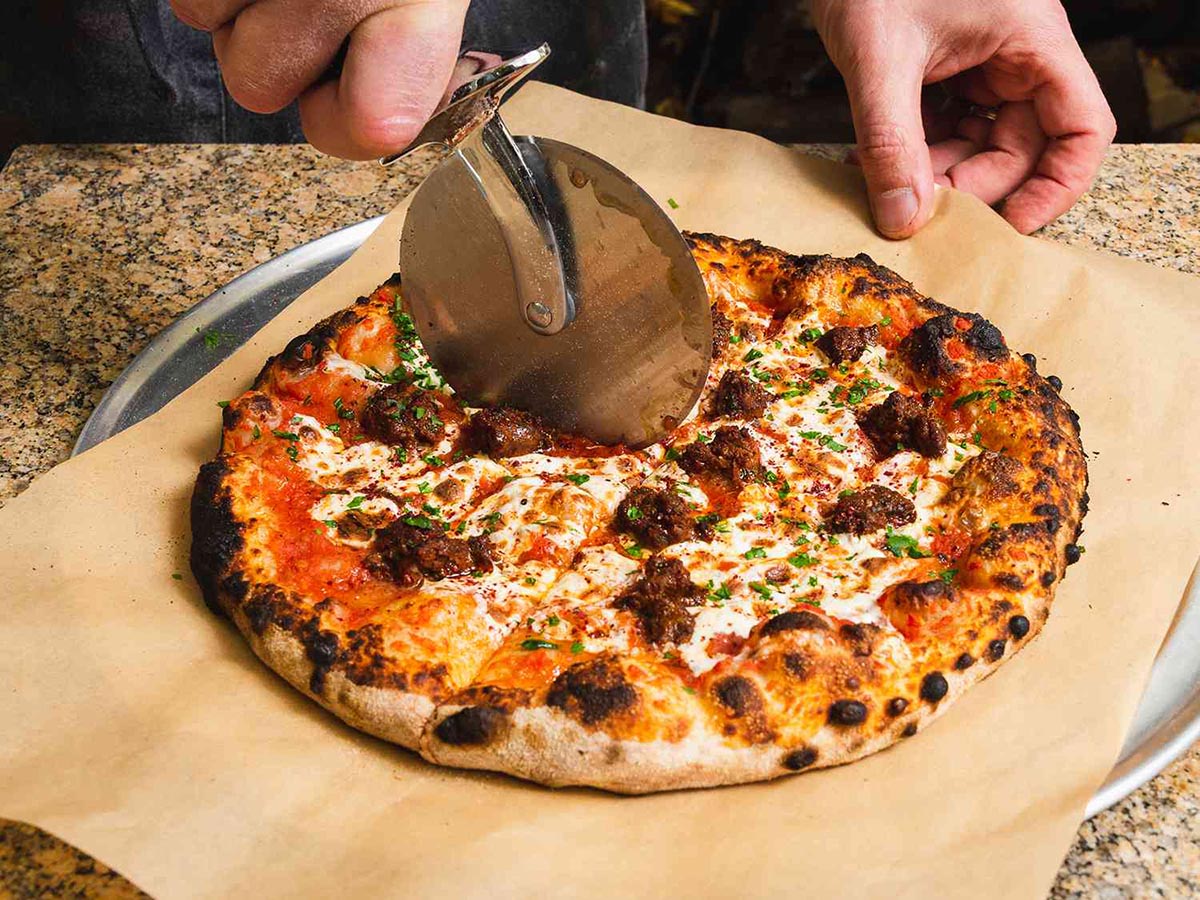
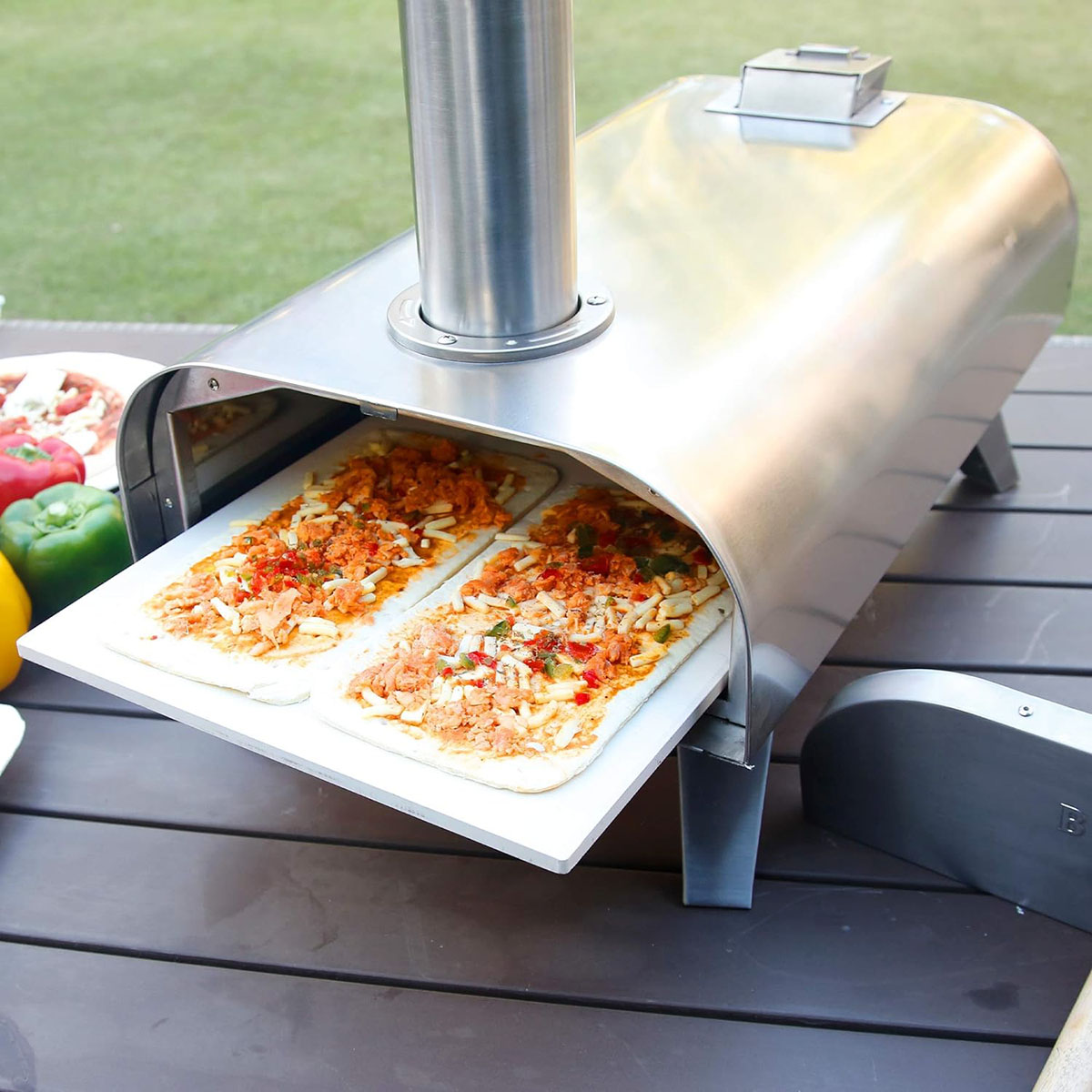
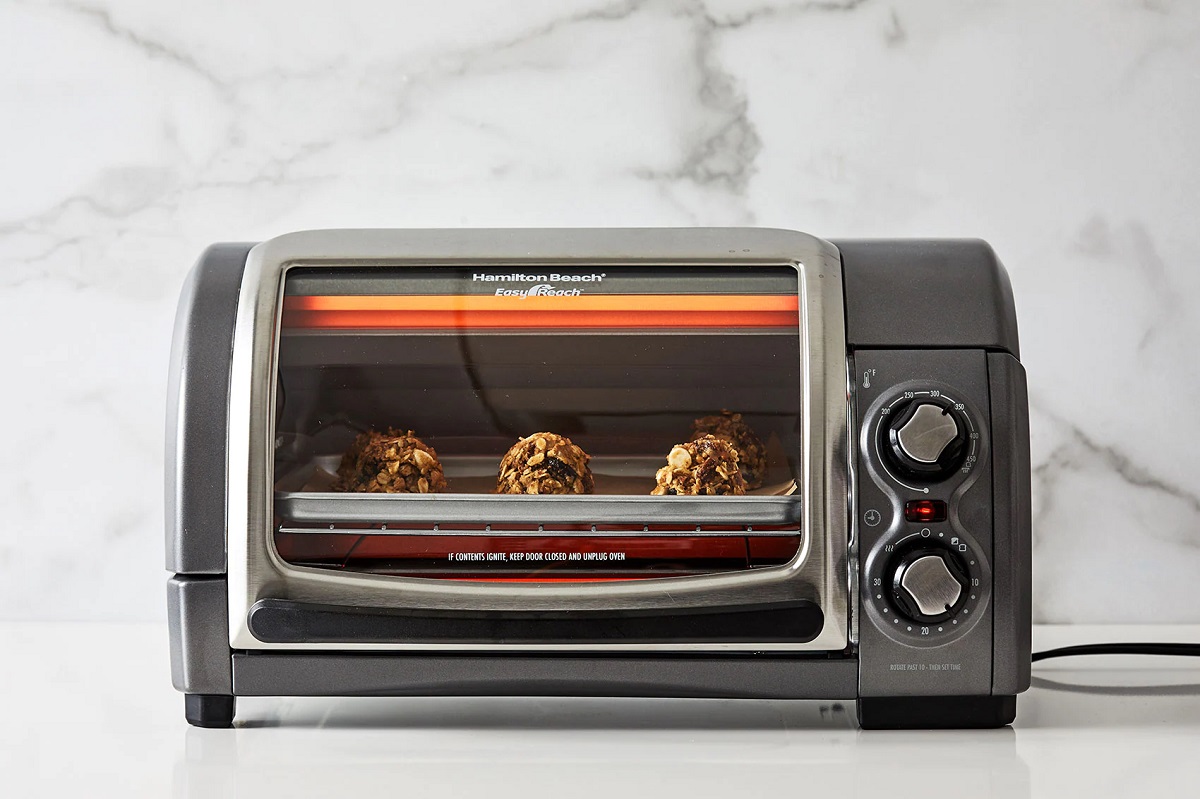
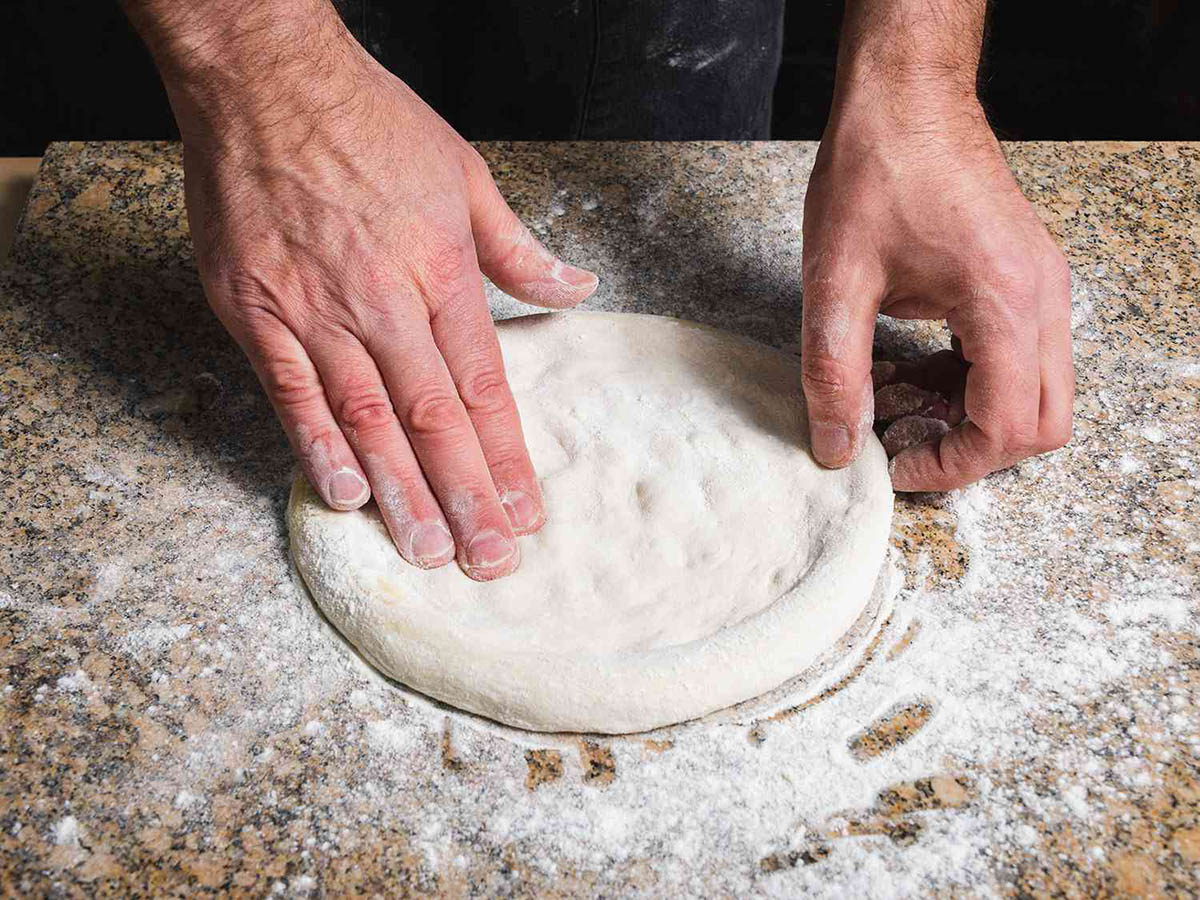
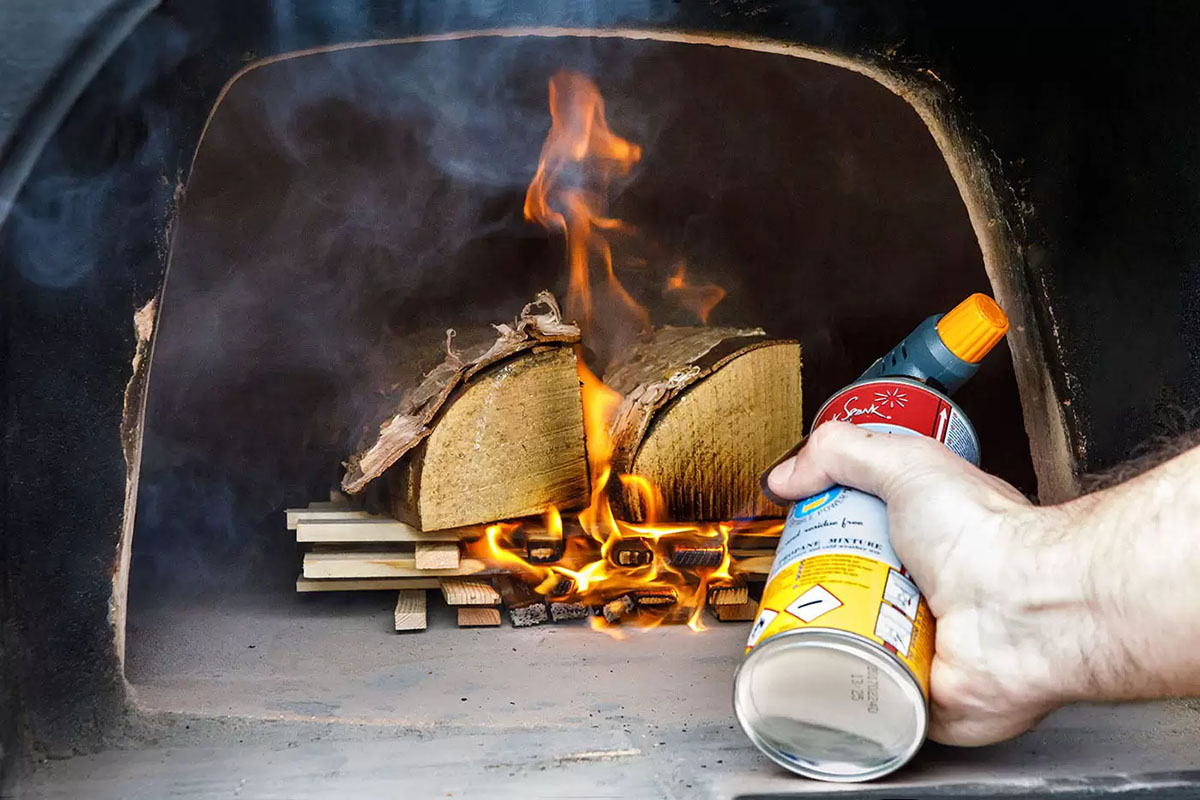
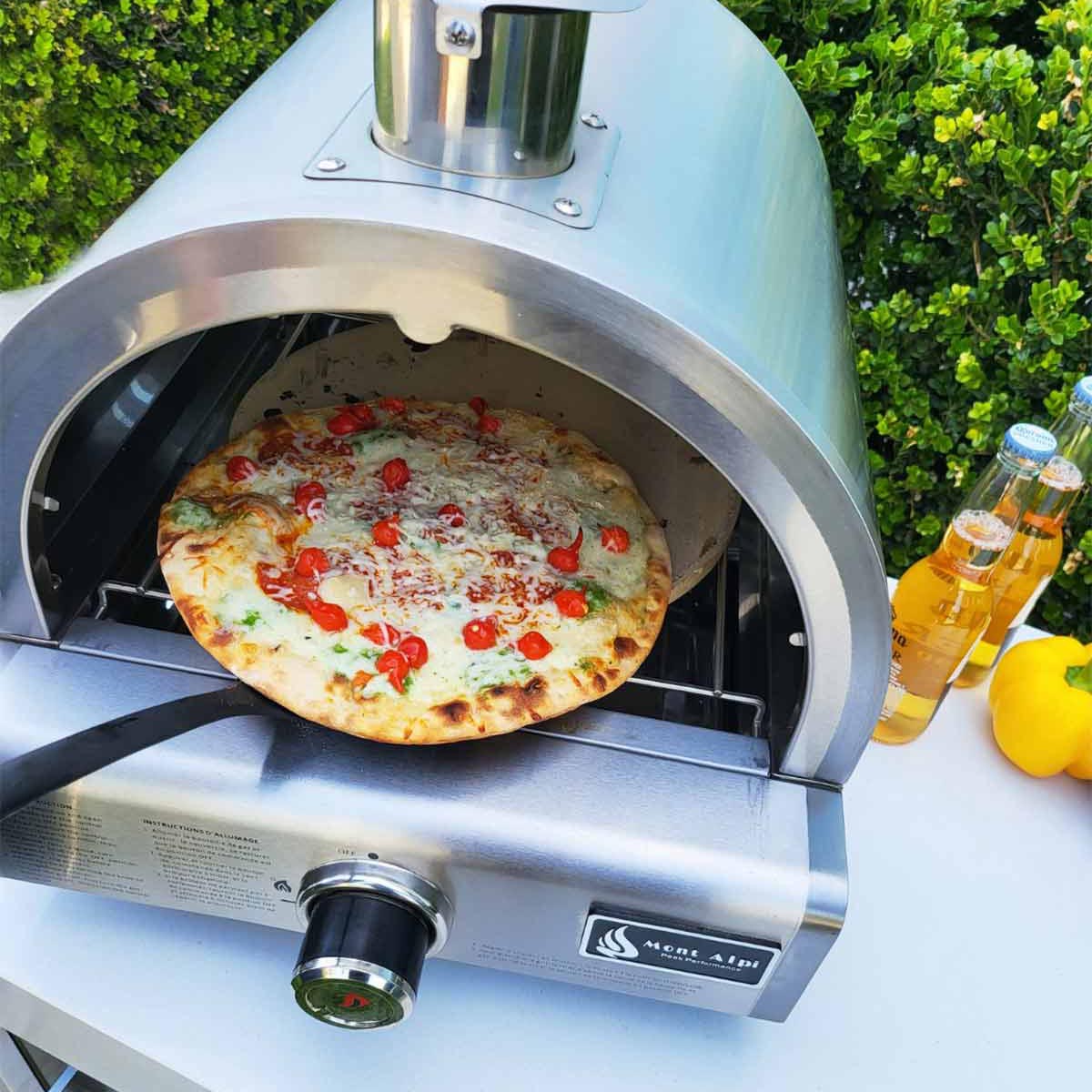
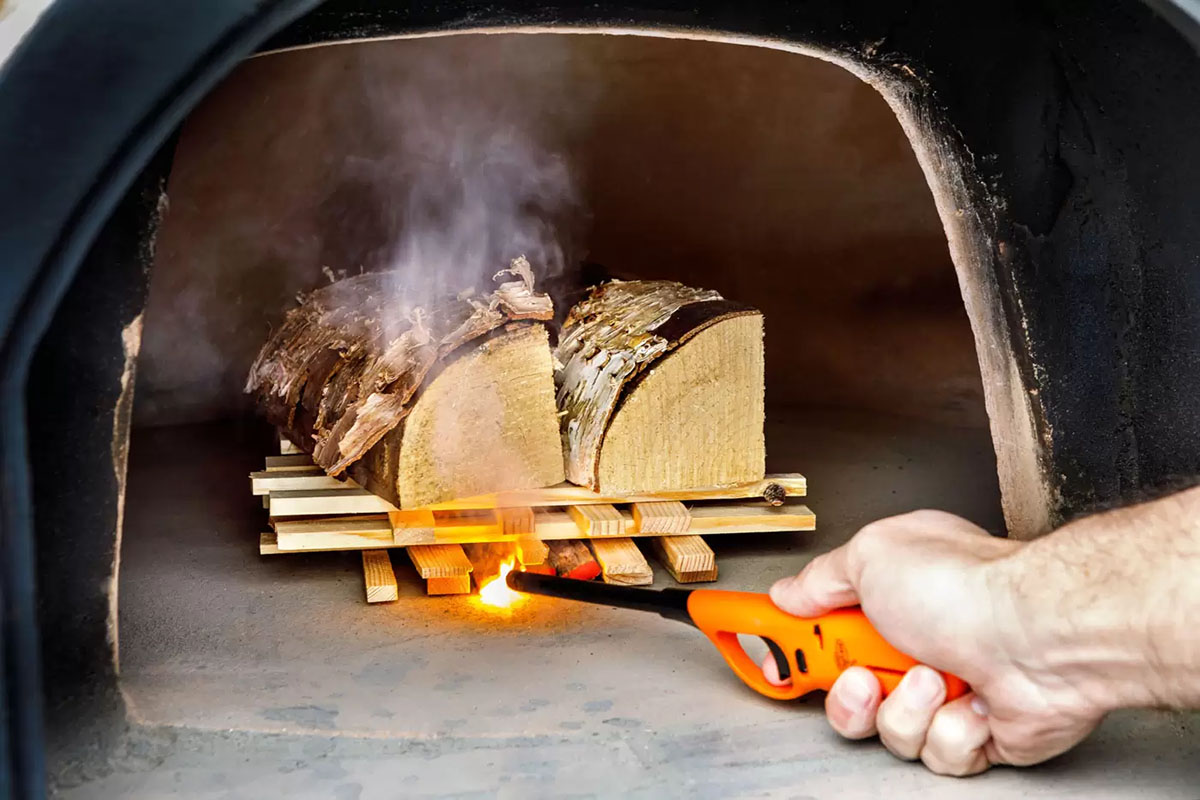
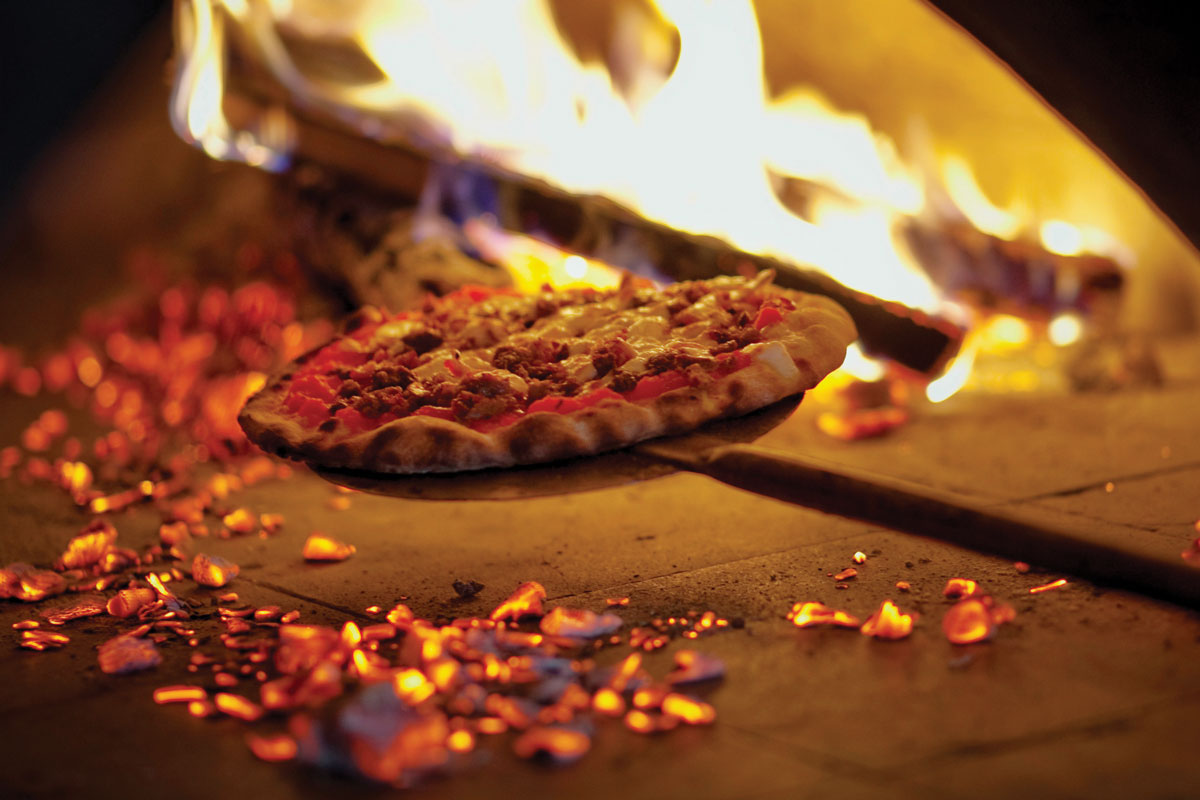
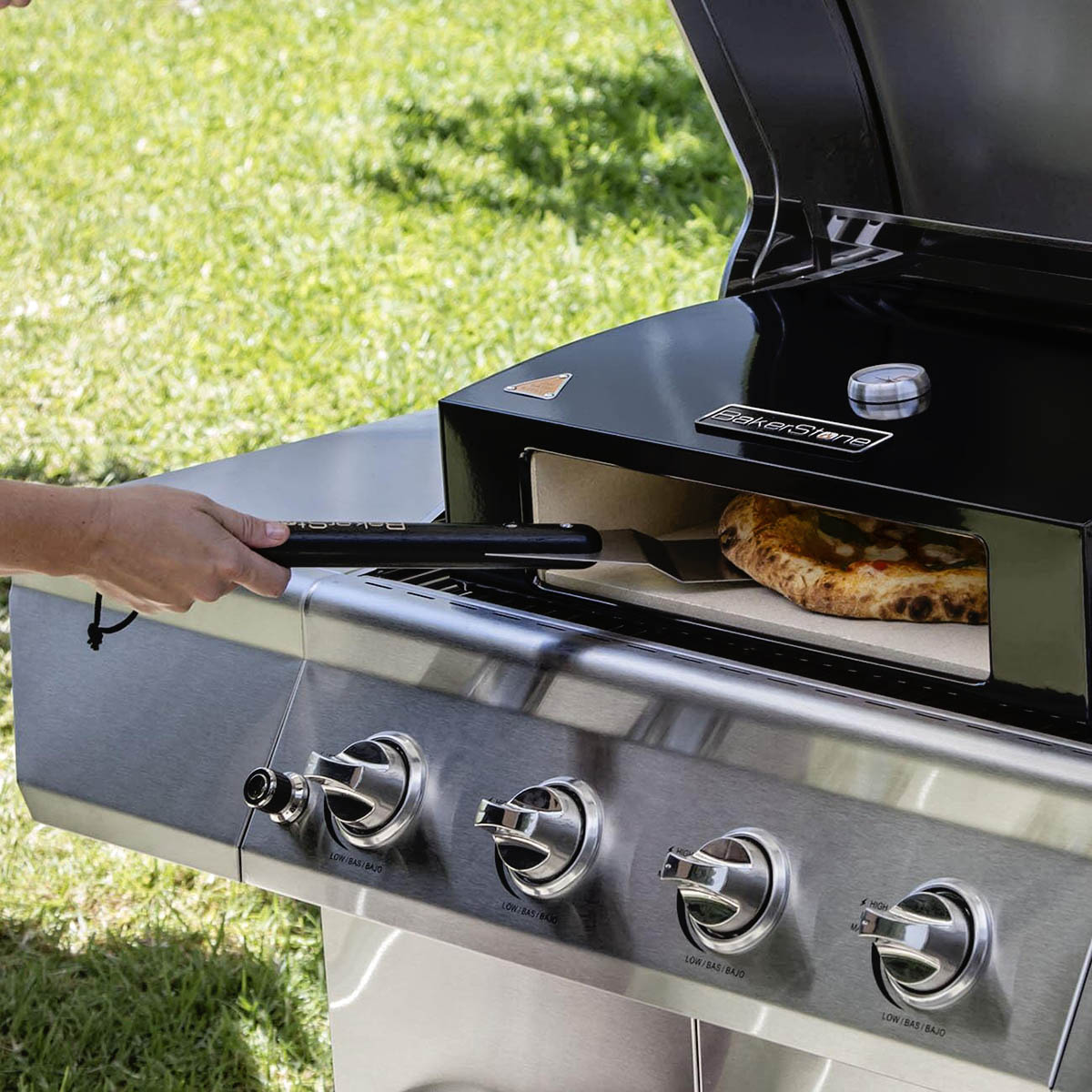
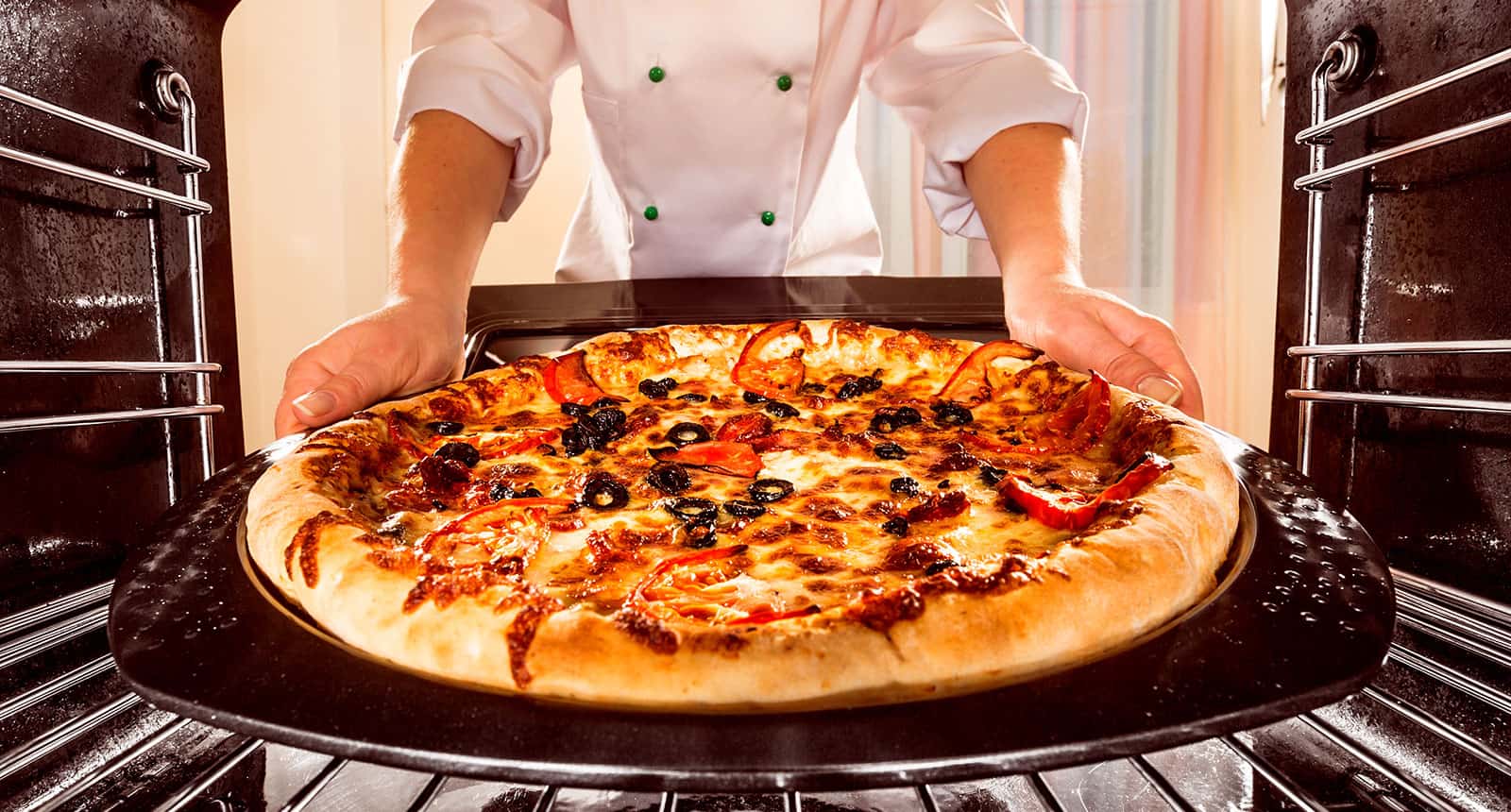
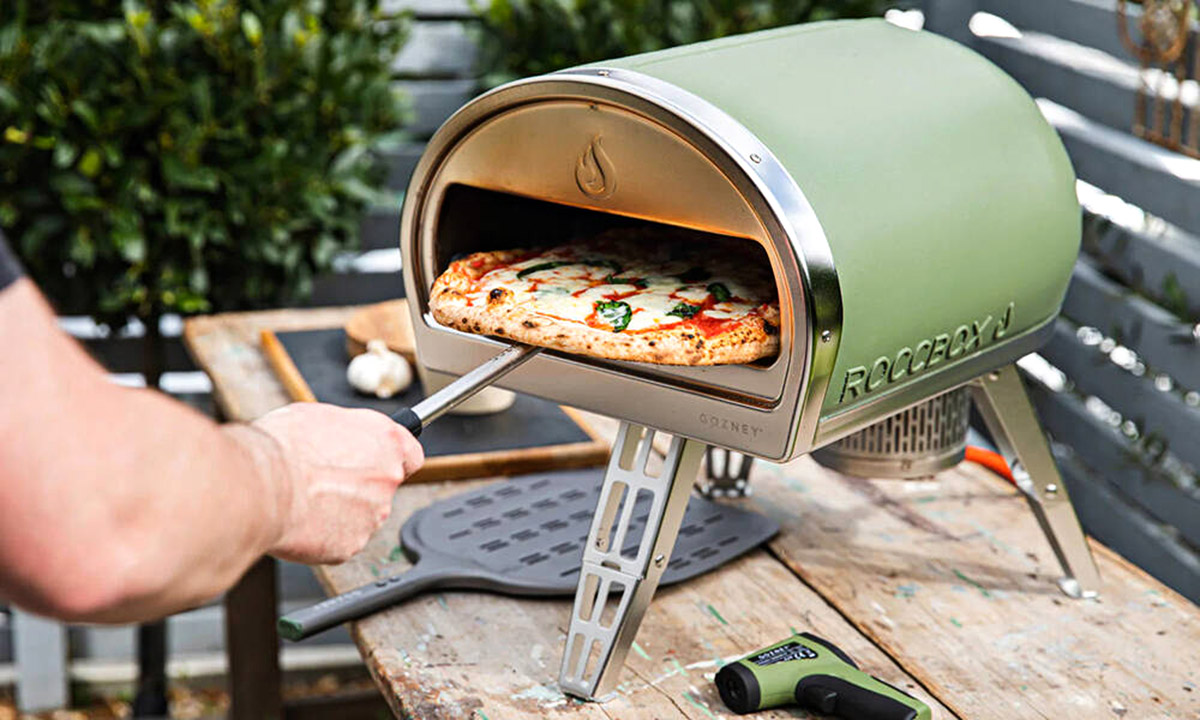

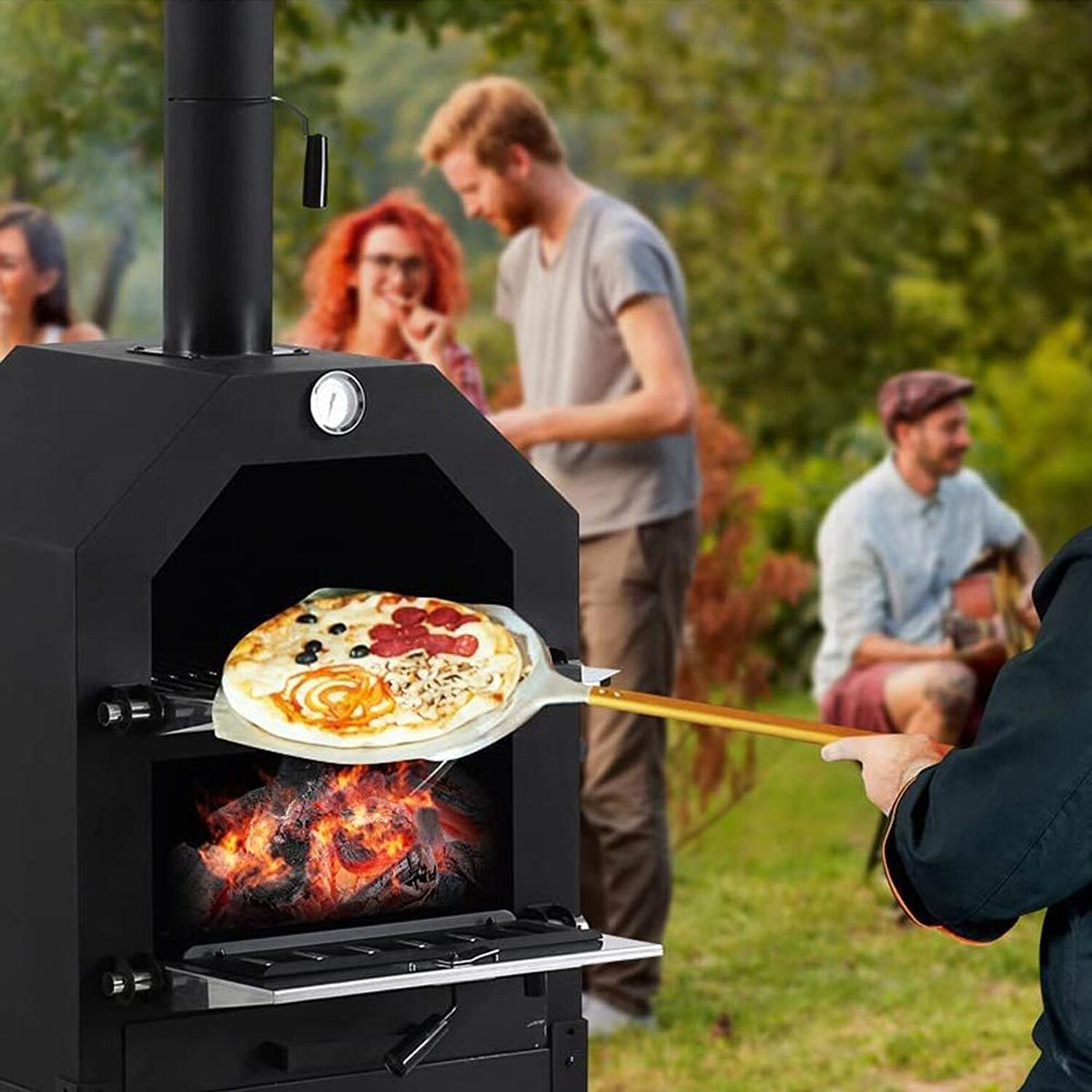
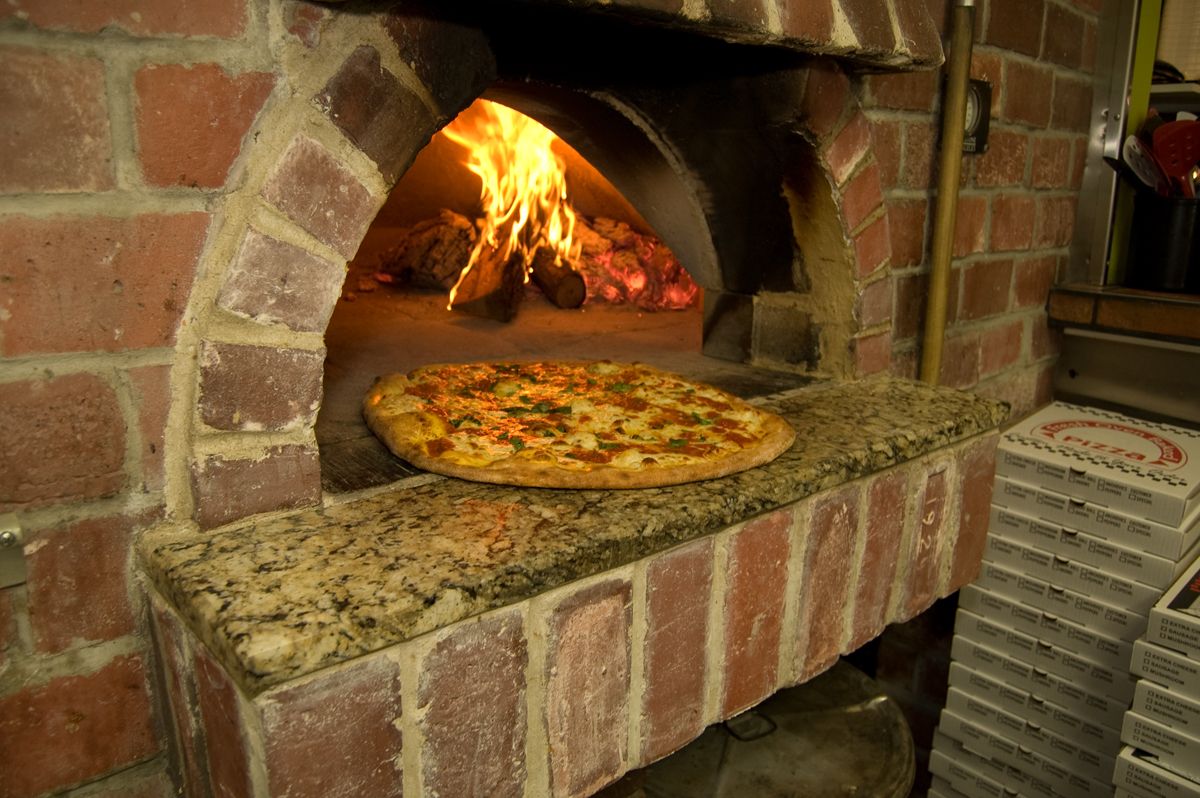

0 thoughts on “How Does A Pizza Oven Work”